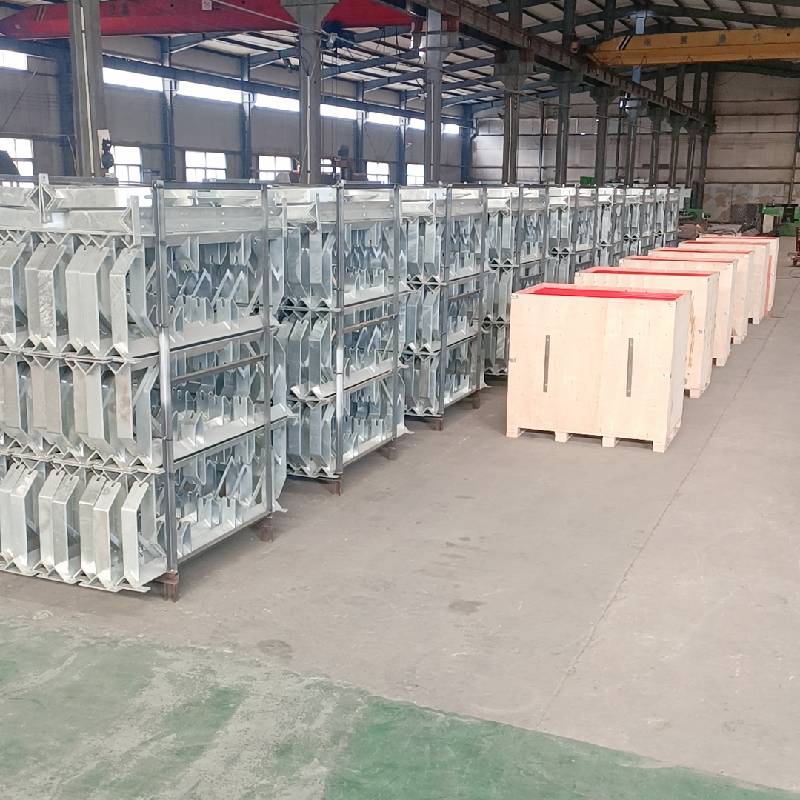 Afrikaans
Afrikaans  Albanian
Albanian  Amharic
Amharic  Arabic
Arabic  Armenian
Armenian  Azerbaijani
Azerbaijani  Basque
Basque  Belarusian
Belarusian  Bengali
Bengali  Bosnian
Bosnian  Bulgarian
Bulgarian  Catalan
Catalan  Cebuano
Cebuano  Corsican
Corsican  Croatian
Croatian  Czech
Czech  Danish
Danish  Dutch
Dutch  English
English  Esperanto
Esperanto  Estonian
Estonian  Finnish
Finnish  French
French  Frisian
Frisian  Galician
Galician  Georgian
Georgian  German
German  Greek
Greek  Gujarati
Gujarati  Haitian Creole
Haitian Creole  hausa
hausa  hawaiian
hawaiian  Hebrew
Hebrew  Hindi
Hindi  Miao
Miao  Hungarian
Hungarian  Icelandic
Icelandic  igbo
igbo  Indonesian
Indonesian  irish
irish  Italian
Italian  Japanese
Japanese  Javanese
Javanese  Kannada
Kannada  kazakh
kazakh  Khmer
Khmer  Rwandese
Rwandese  Korean
Korean  Kurdish
Kurdish  Kyrgyz
Kyrgyz  Lao
Lao  Latin
Latin  Latvian
Latvian  Lithuanian
Lithuanian  Luxembourgish
Luxembourgish  Macedonian
Macedonian  Malgashi
Malgashi  Malay
Malay  Malayalam
Malayalam  Maltese
Maltese  Maori
Maori  Marathi
Marathi  Mongolian
Mongolian  Myanmar
Myanmar  Nepali
Nepali  Norwegian
Norwegian  Norwegian
Norwegian  Occitan
Occitan  Pashto
Pashto  Persian
Persian  Polish
Polish  Portuguese
Portuguese  Punjabi
Punjabi  Romanian
Romanian  Russian
Russian  Samoan
Samoan  Scottish Gaelic
Scottish Gaelic  Serbian
Serbian  Sesotho
Sesotho  Shona
Shona  Sindhi
Sindhi  Sinhala
Sinhala  Slovak
Slovak  Slovenian
Slovenian  Somali
Somali  Spanish
Spanish  Sundanese
Sundanese  Swahili
Swahili  Swedish
Swedish  Tagalog
Tagalog  Tajik
Tajik  Tamil
Tamil  Tatar
Tatar  Telugu
Telugu  Thai
Thai  Turkish
Turkish  Turkmen
Turkmen  Ukrainian
Ukrainian  Urdu
Urdu  Uighur
Uighur  Uzbek
Uzbek  Vietnamese
Vietnamese  Welsh
Welsh  Bantu
Bantu  Yiddish
Yiddish  Yoruba
Yoruba  Zulu
Zulu superior conveyor idlers
Understanding Superior Conveyor Idlers
Conveyor systems are integral to various industries, facilitating the efficient movement of materials across different stages of production and distribution. One of the critical components of these systems is the idler, which plays a pivotal role in ensuring the smooth operation and longevity of conveyor belts. In this article, we will explore the characteristics, types, and benefits of superior conveyor idlers, thereby highlighting their importance in material handling systems.
What are Conveyor Idlers?
Conveyor idlers are cylindrical rollers that support the conveyor belt and the material being transported. They are usually mounted on frames at various intervals along the conveyor's path. The primary function of idlers is to reduce friction and wear on the belt, minimize energy consumption, and provide a stable platform for the belt’s load. Given their critical role, the quality and design of idlers can significantly impact the overall efficiency of a conveyor system.
Characteristics of Superior Conveyor Idlers
1. Durability Superior conveyor idlers are designed to withstand harsh environmental conditions, including extreme temperatures, corrosive materials, and heavy loads. Materials such as high-density polyethylene (HDPE) or steel are often used to enhance the durability of idlers.
2. Low Friction An essential characteristic of high-quality idlers is their low-friction design. This feature not only reduces the wear and tear on the conveyor belt but also improves the energy efficiency of the entire system. Bearing systems in superior idlers are often sealed and lubricated to minimize friction.
3. Self-Cleaning Another significant advantage of superior conveyor idlers is their self-cleaning capability. This feature helps to maintain the cleanliness of the conveyor system, preventing material buildup that can lead to operational issues.
4. Variability Superior idlers come in various sizes and configurations to accommodate different types of conveyor systems. The ability to customize idlers based on specific application requirements enhances their functionality and efficiency.
5. Easy Installation and Maintenance A well-designed idler should be easy to install and maintain. This reduces downtime and maintenance costs, ensuring that the conveyor system operates smoothly.
Types of Conveyor Idlers
Different types of idlers are available, catering to various industrial needs
1. Training Idlers These are designed to keep the conveyor belt aligned and prevent misalignment issues, ensuring optimal performance.
superior conveyor idlers

2. Carrying Idlers These support the weight of the Conveyor belt and the material being transported. They are often configured in a three-roll or five-roll pattern to distribute the load evenly.
3. Return Idlers Located on the return side of the conveyor belt, these idlers support the empty belt while it returns to the loading point.
4. Impact Idlers Positioned at loading zones, impact idlers absorb the shock from falling materials, protecting the belt and other components from damage.
5. Specialty Idlers These include designs for specific applications, such as self-cleaning idlers or idlers for use in high-speed conveyor systems.
Benefits of Superior Conveyor Idlers
1. Increased Efficiency Superior conveyor idlers contribute to improved system efficiency by reducing energy consumption and minimizing belt wear, ultimately leading to cost savings.
2. Enhanced Longevity The durable design and materials used in superior idlers extend their lifespan, reducing the frequency of replacements and maintenance.
3. Reduced Downtime With reliable idlers, operators can expect less downtime due to breakdowns or maintenance issues, maintaining productivity levels in operations.
4. Adaptability The variety of designs available ensures that there is a suitable idler for nearly any material handling application, making it easier to implement tailored solutions in various industries.
5. Environmental Benefits By improving energy efficiency and reducing the need for frequent replacements, superior conveyor idlers can contribute to more sustainable operations.
Conclusion
In summary, superior conveyor idlers are essential components that enhance the efficiency, reliability, and longevity of conveyor systems. Their durable design, low-friction properties, and adaptability to various applications make them indispensable in modern material handling operations. As industries continue to evolve and demand more efficient systems, investing in high-quality conveyor idlers becomes crucial for maintaining competitive advantage in a rapidly changing market. Understanding the various types and benefits of these idlers will empower companies to make informed decisions about their conveyor systems, ultimately leading to improved operational efficiency and cost-effectiveness.
-
Revolutionizing Conveyor Reliability with Advanced Rubber Lagging PulleysNewsJul.22,2025
-
Powering Precision and Durability with Expert Manufacturers of Conveyor ComponentsNewsJul.22,2025
-
Optimizing Conveyor Systems with Advanced Conveyor AccessoriesNewsJul.22,2025
-
Maximize Conveyor Efficiency with Quality Conveyor Idler PulleysNewsJul.22,2025
-
Future-Proof Your Conveyor System with High-Performance Polyurethane RollerNewsJul.22,2025
-
Driving Efficiency Forward with Quality Idlers and RollersNewsJul.22,2025





























